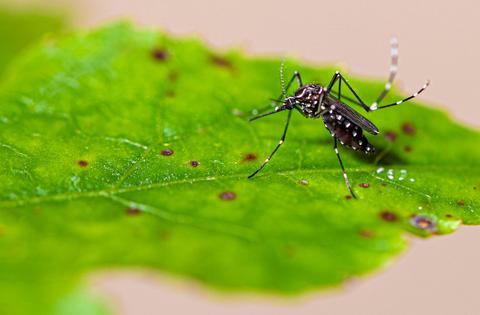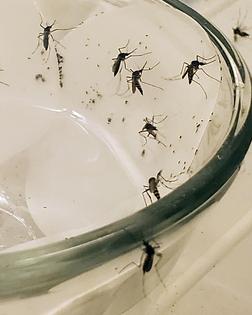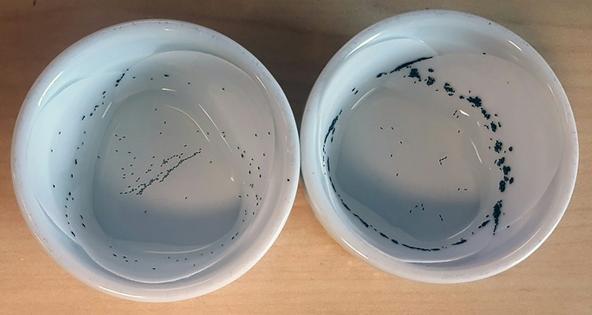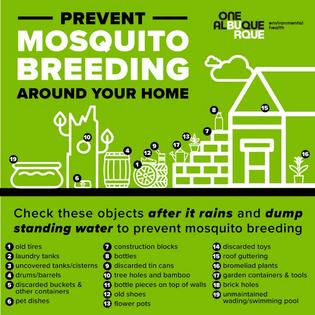Female mosquitoes rely on one another to choose the best breeding sites − and with the arrival of spring, they’re already on the hunt
Published in Science & Technology News
Aedes aegypti mosquitoes, one of the most common species in the U.S., love everything about humans. They love our body heat and odors, which enable them to find us. They love to feed on our blood to make their eggs mature. They even love all the standing water that we create. Uncovered containers, old tires and junk piles collect water and are perfect for breeding.
And with the advent of warm weather across the southern U.S., mosquito breeding season is already underway.
Given all the options that Aedes females have in urban areas, how do these cosmopolitan mosquitoes find the perfect site to lay their eggs? Scientists previously thought this was a solitary act, but now research shows that female Aedes aegypti mosquitoes – the main vector in the U.S. for diseases such as Zika, dengue, chikungunya and other viruses – can rely on one another for good reviews of breeding sites.
Our Laboratory of Tropical Genetics at Florida International University discovered a new behavior in which these mosquitoes work together to find suitable egg-laying sites. These findings, recently published in Communications Biology, show that mosquitoes regulate their own population density at breeding sites – an insight that could inform future mosquito control efforts.
Scientists know that female mosquitoes can be picky when it comes to where they lay their eggs. Aedes aegypti look for human-made breeding sites with relatively clean water, such as birdbaths, tires or even water-filled trash. But given two equal choices, you might expect them to spread evenly between the two.
On the contrary, when we released females in a two-choice test where both breeding site options were equivalent, we repeatedly found more mosquitoes in one chamber than in the other. Furthermore, this occurred irrespective of where the preferred chamber was positioned, whether the mosquitoes could touch water or whether mosquito eggs were already present at the breeding sites.
Female mosquitoes clearly were following one another in small groups to one breeding site rather than another – a newly discovered behavior in Aedes aegypti that we call aggregation.
The insects evidently preferred not to lay their eggs alone. When we tested 30 mosquitoes in our trials, they chose one site over another by a 2-to-1 margin. However, this changed as the test population increased beyond 30 mosquitoes. When we tested 60 or 90 females, the aggregation disappeared.
This tells us that females can regulate their own density at breeding sites – a response that likely is a mechanism to limit larval competition.
Mosquitoes largely sense the world through smell, using three families of olfactory receptors. These receptors detect odors when females are choosing where to lay eggs. But how do females sense each other to regulate their densities at breeding sites?
...continued















Comments